PPT-Recent Developments in the ISC Location Procedures
Author : alida-meadow | Published Date : 2016-05-24
István Bondár Rosemary Wylie Blessing Shumba Wayne Richardson and Dmitry Storchak International Seismological Centre IASPEI General Assembly Göteborg
Presentation Embed Code
Download Presentation
Download Presentation The PPT/PDF document "Recent Developments in the ISC Location ..." is the property of its rightful owner. Permission is granted to download and print the materials on this website for personal, non-commercial use only, and to display it on your personal computer provided you do not modify the materials and that you retain all copyright notices contained in the materials. By downloading content from our website, you accept the terms of this agreement.
Recent Developments in the ISC Location Procedures: Transcript
Download Rules Of Document
"Recent Developments in the ISC Location Procedures"The content belongs to its owner. You may download and print it for personal use, without modification, and keep all copyright notices. By downloading, you agree to these terms.
Related Documents

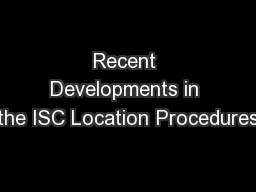


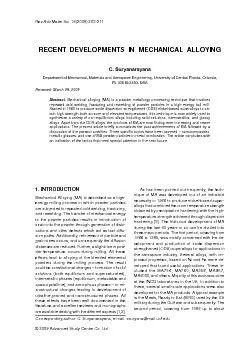


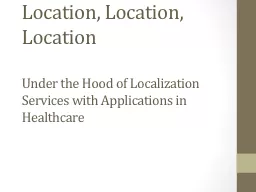
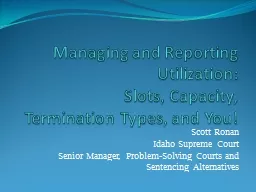
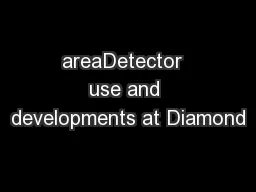


![[FREE]-Official (ISC)2 Guide to the SSCP CBK ((ISC)2 Press)](https://thumbs.docslides.com/985803/free-official-isc-2-guide-to-the-sscp-cbk-isc-2-press.jpg)
![[DOWLOAD]-Official (ISC)2 Guide to the CISSP CBK ((ISC)2 Press)](https://thumbs.docslides.com/985809/dowload-official-isc-2-guide-to-the-cissp-cbk-isc-2-press.jpg)
